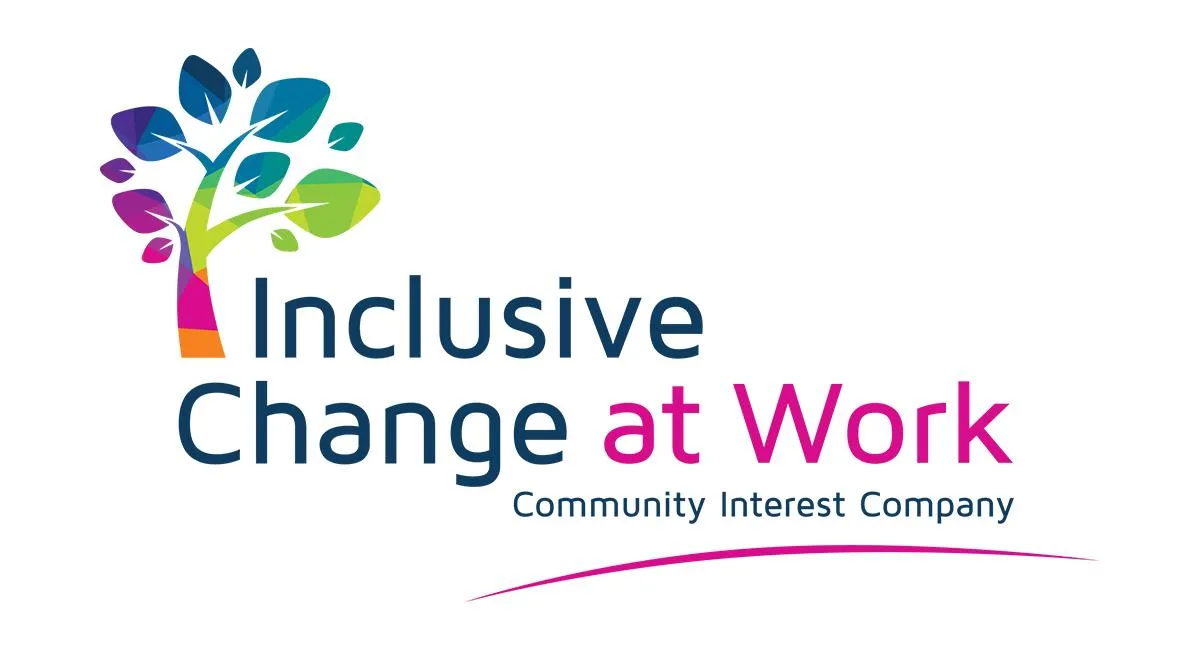The Hidden Dangers of TikTok – What You Need to Know
TikTok has taken the world by storm, becoming one of the most popular social media platforms, especially among younger audiences. With its fast-paced, highly engaging content, TikTok has revolutionized how we consume media. However, the platform has also faced significant criticism for allowing dangerous stunts and challenges to spread rapidly. While TikTok does have community guidelines, the issue is more complex than it seems. Let’s break down the hidden dangers of TikTok and why harmful trends gain traction.
Why Dangerous Challenges Spread on TikTok

1. The Viral Nature of Content
TikTok’s powerful algorithm prioritizes engagement, meaning content that sparks strong reactions—whether excitement, shock, or controversy—gets pushed to more users. As a result, extreme or dangerous challenges often gain rapid visibility, reaching millions before they can be flagged as harmful.
2. User-Generated Content & Limited Pre-emptive Moderation
Since TikTok is built around user-generated content, it’s difficult for the platform to stop dangerous challenges before they start trending. Unlike traditional media, where content is curated and reviewed before publication, TikTok videos can go viral instantly without oversight, making proactive intervention nearly impossible.
3. Delayed Moderation & Reactive Policies
Although TikTok has community guidelines that prohibit harmful behavior, moderation often happens after a trend has already gained momentum. By the time a challenge is flagged and removed, thousands—sometimes millions—of users may have already seen, participated in, or shared it.
4. Peer Pressure & Social Validation
Many TikTok users, especially younger audiences, feel pressure to participate in viral challenges to gain likes, followers, and validation. This social reinforcement can lead individuals to take part in stunts they might not otherwise consider, often without fully understanding the risks involved.
5. The Difficulty of Policing Trends
Some challenges appear harmless at first but become risky when widely imitated. A challenge that starts as a simple prank can escalate into something dangerous as users attempt to outdo one another for views and engagement. By the time TikTok intervenes, the damage may already be done.
Additional Concerns About TikTok
Beyond dangerous challenges, TikTok has raised other safety and privacy concerns:
Data Privacy & Security Risks – TikTok collects vast amounts of user data, including location, device information, and browsing habits. There have been concerns about how this data is stored and shared.
Predatory Behavior & Exploitation – The platform’s open nature allows strangers to interact with minors, raising concerns about online safety and inappropriate content.
Mental Health Impact – The constant exposure to curated, often unrealistic content can contribute to anxiety, depression, and low self-esteem, especially among young users.
How to Stay Safe on TikTok
While TikTok can be an entertaining and creative platform, users should take precautions to protect themselves:
Think Before You Participate – Not all challenges are harmless. Always assess risks before attempting any viral trend.
Adjust Privacy Settings – Limit who can interact with your content and send you messages.
Report Dangerous Content – If you come across harmful or misleading challenges, report them immediately.
Educate Young Users – Parents and guardians should have open conversations with children about online safety and the potential dangers of viral trends.
Final Thoughts
TikTok’s fast-moving culture makes it an exciting and engaging platform, but it also presents real risks. Understanding how the algorithm works, recognizing the dangers of viral challenges, and taking proactive safety measures can help users navigate the platform responsibly. Whether you're a creator or a viewer, staying informed is the best way to enjoy TikTok without falling into its hidden dangers.





Facebook
LinkedIn
X
Instagram